Full Schedule
Full Schedule
- Monday, June 17, 2024
-
7:00 AM - 5:00 PM PTRegistration Desk Open
-
7:30 AM - 5:00 PM PTSystems Immunology Course (Separate Registration Required)
- Tuesday, June 18, 2024
-
7:00 AM - 5:00 PM PTRegistration Desk Open
-
7:30 AM - 12:00 PM PTBig Data in Immunology Workshop (Separate Registration Required)
-
8:00 AM - 11:30 AM PTMember Society Symposia
-
8:00 AM - 5:15 PM PTBasic Immunology in Medicine Course (Separate Registration Required)
-
9:30 AM - 10:30 AM PTCoffee Break
-
1:30 PM - 5:00 PM PTMember Society Symposia
-
3:00 PM - 3:30 PM PTCoffee Break
-
5:30 PM - 6:15 PM PTKeynote Session
-
6:15 PM - 7:30 PM PTOpening Reception: Exhibits & Poster Presentations
- Wednesday, June 19, 2024
-
7:00 AM - 5:00 PM PTRegistration Desk Open
-
7:30 AM - 8:00 AM PTCoffee with the Exhibitors
-
7:30 AM - 7:30 PM PTExhibition & Poster Hall Open (authors optional)
-
8:00 AM - 9:30 AM PTNovel Pathways and Approaches in Allergic DiseaseChair: Stephanie C. Eisenbarth, MD, PhD – Northwestern University
-
9:30 AM - 10:00 AM PTCoffee Break
-
10:00 AM - 11:30 AM PTPrecision Therapeutics in Mucosal DisordersChair: Eynav Klechevsky, PhD – Washington University School in St. Louis
-
11:30 AM - 1:00 PM PTIndustry and Partner Lunch Programs
-
1:00 PM - 2:45 PM PTImmune Responses to GT/TherapeuticsChair: Megan K. Levings, PhD – University of British Columbia
-
1:00 PM - 2:45 PM PTInborn Errors of ImmunityChair: Elena WY Hsieh, MD – University of Colorado
-
1:00 PM - 2:45 PM PTSystems Immunology & AIChair: Deepak A. Rao, MD, PhD – Brigham and Women's Hospital
-
2:45 PM - 3:15 PM PTCoffee Break
-
3:15 PM - 5:15 PM PTAutoimmunity and TransplantationChair: Olivier Boyer, MD, PhD – University of Rouen Normandy
-
3:15 PM - 5:15 PM PTFlow Cytometry Course: Day 1
-
3:15 PM - 5:15 PM PTImmunogeneticsChair: Elaine F. Reed, PhD, D(ABHI) – University of California, Los Angeles
-
3:15 PM - 5:15 PM PTLate-Breaking AbstractsChair: Shachi Bhatt, PhD – Journal of Experimental Medicine (JEM)
-
5:30 PM - 6:15 PM PTKeynote Session - Robert B. Nussenblatt Presidential Lecture
-
6:15 PM - 7:30 PM PTExhibit and Poster Reception
-
7:30 PM - 8:30 PM PTFOCIS Member Reception (FOCIS members only)
- Thursday, June 20, 2024
-
7:00 AM - 8:00 AM PTConversation of Inclusion and Representation: Who is Navigating and Networking at Conferences
-
7:00 AM - 5:00 PM PTRegistration Desk Open
-
7:30 AM - 8:00 AM PTCoffee with the Exhibitors
-
7:30 AM - 7:45 PM PTExhibition & Poster Hall Open (authors optional)
-
8:00 AM - 9:30 AM PTNeuroimmunologyChair: Catalina Abad, PhD – Inserm U1234, FCE PAn'THER
-
9:30 AM - 10:00 AM PTCoffee Break
-
10:00 AM - 11:30 AM PTImmunology in Reproductive HealthChair: Rubén D. Motrich – National University of Cordoba, CIBICI-CONICET
-
11:30 AM - 1:00 PM PTIndustry and Partner Lunch Programs
-
1:00 PM - 2:45 PM PTCellular & Stem Cell TherapeuticsChair: Ignacio Anegon, MD – Nantes University
-
1:00 PM - 2:45 PM PTHost Defense and VaccinologyChair: Galit Alter, PhD – Moderna
-
1:00 PM - 2:45 PM PTOrganoid Modeling & TherapeuticsChair: Dimitrios L. Wagner, MD, PhD – Charité - Universitätsmedizin Berlin
-
2:45 PM - 3:15 PM PTCoffee Break
-
3:15 PM - 5:15 PM PTFlow Cytometry Course: Day 2
-
3:15 PM - 5:15 PM PTImmune MechanismsChair: Todd Brusko, MD – University of Florida
-
3:15 PM - 5:15 PM PTImmunoengineering and TherapeuticsChair: Jordan Pober, MD, PhD – Yale University
-
3:15 PM - 5:15 PM PTImmuno-oncologyChair: Khashayarsha Khazaie, PhD, D.Sc. – Mayo ClinicCo-Chair: Amir A. Sadighi Akha, M.D., Ph.D. – Mayo Clinic
-
5:30 PM - 5:45 PM PTState of FOCIS
-
5:45 PM - 6:30 PM PTKeynote Address
-
6:30 PM - 7:45 PM PTExhibit and Poster Reception
- Friday, June 21, 2024
-
7:00 AM - 3:45 PM PTRegistration Desk Open
-
8:00 AM - 9:30 AM PTSomatic Mosaicism, Clonal Populations and Immune DisordersChair: Salvatore Albani, MD, PhD – Translational Immunology Institute, SingHealth
-
9:30 AM - 10:00 AM PTCoffee Break
-
10:00 AM - 11:30 AM PTMechanisms & Treatment of AutoimmunityChair: Michael M. Paley, MD, PhD – Washington University in St. Louis
-
11:45 AM - 12:30 PM PTKeynote Session
-
12:45 PM - 2:00 PM PTIndustry and Partner Lunch Programs
-
2:00 PM - 3:45 PM PTBehavioral Immunology and NeuroimmunologyChair: Lucy Ochola, PhD – Institute of Primate Research
-
2:00 PM - 3:45 PM PTImmuno-oncologyChair: Ricardo Pujol Borrell, MD, PhD – Vall d'Hebron Institute of Oncology, Universitat Autonoma de Barcelona
-
2:00 PM - 3:45 PM PTMetabolic Regulation of InflammationChair: Jonathan S. Maltzman, MD, PhD, FAST – Stanford University

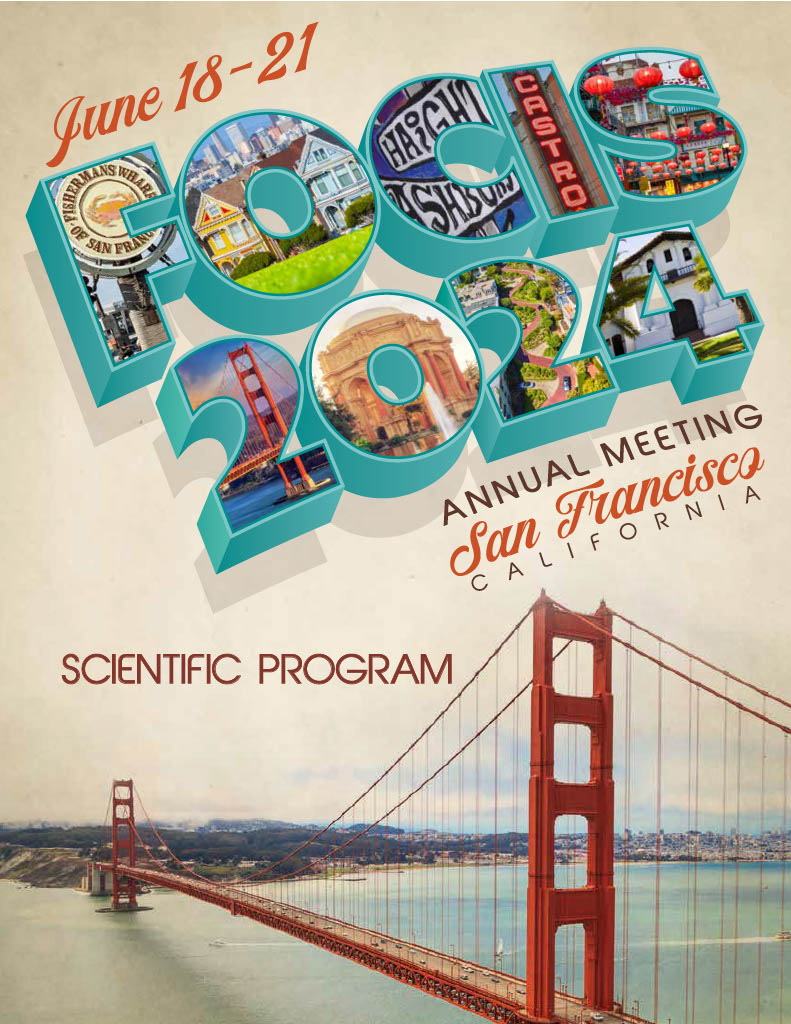



.png)


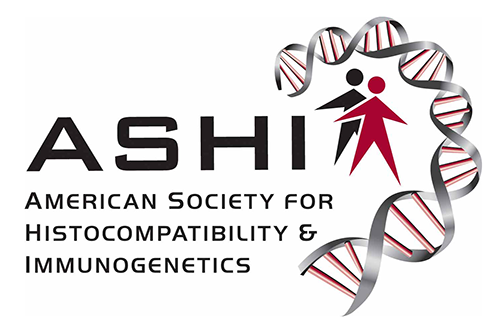

.png)
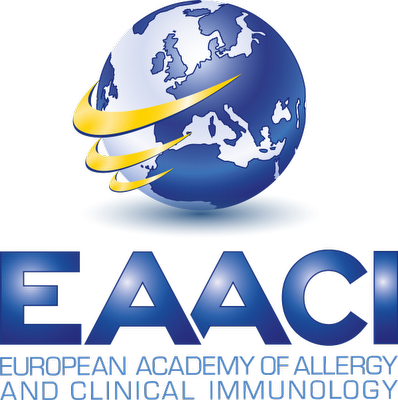
.png)
.png)
.png)
.png)
.png)
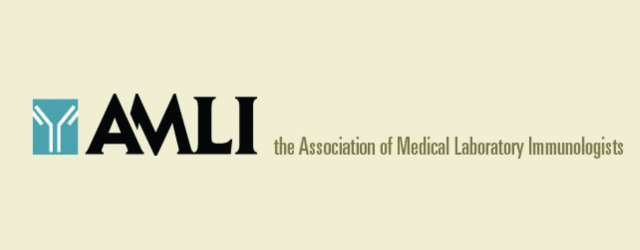
.png)

.png)
.png)

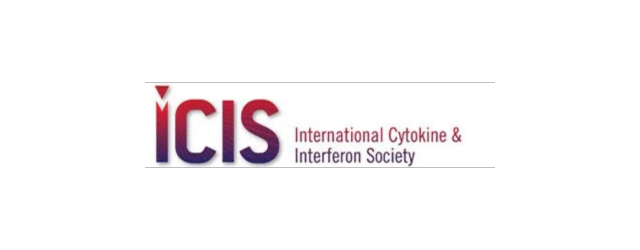
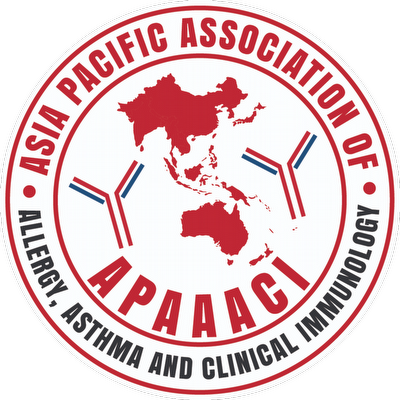
.png)
.png)


.png)
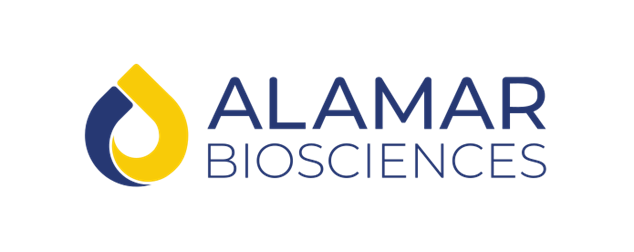
.png)